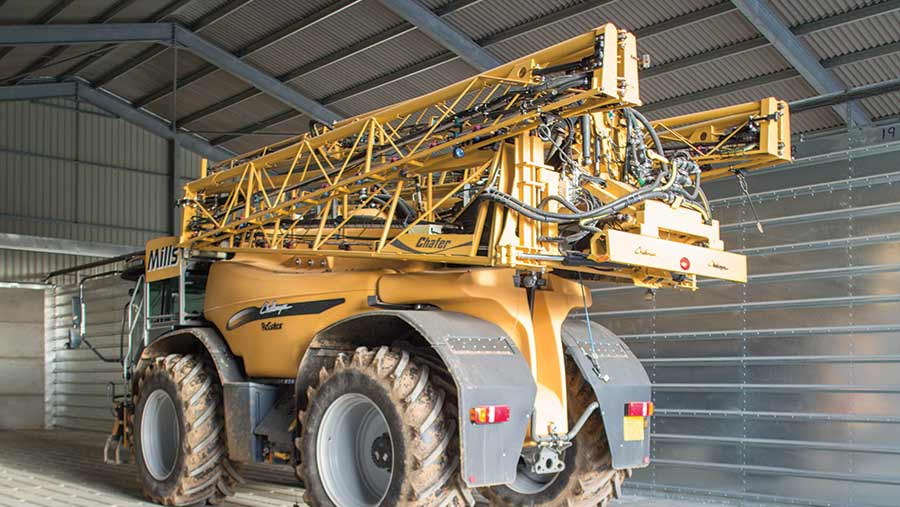Business Clinic: Should I convert to organic arable production?
 © Tim Scrivener
© Tim Scrivener Whether it’s a legal, tax, insurance, management or land issue, Farmers Weekly’s experts can help.
Here, Tom Cackett, food and farming consultant at Savills, advises on future subsidy rates.
Q I am a conventional arable farmer and face increasing resistance to herbicides. I am also worried about the number of chemicals being removed from the market.
I am considering converting to organic production. Is this a good idea, and what should I consider?
A Encouragingly, there is currently a strong market for organic produce – within the EU, demand has increased by 13% in the past year alone.
Also, at the moment 80% of the UK’s organic livestock feed requirement is imported, so this could represent a big opportunity for local cereal growers after Brexit.
See also: Business Clinic: how to assess a diversification opportunity
In the UK, benchmark figures from the Soil Association are enticing: the average gross margin for organic wheat in 2016 was put at £784/ha, compared with £641/ha for conventional wheat.
At an overall farm level, the mean net farm income for organic cereal farms recorded by the Farm Business Survey for 2015-16 was £211/ha, compared with the non-organic mean of £96/ha.
Bearing this in mind, there are some primary considerations which will help shape your decision-making, including the availability of conversion grants.
Financial support
Under stewardship schemes, Natural England has historically offered financial support for producers considering converting to organic status.
Under the most recent Countryside Stewardship Scheme, payments were £175/ha for the two-year conversion period and then a £65/ha organic maintenance payment for the remainder of the agreement.
Whether this will be available in the future is an important consideration.
Timescale and certification
You will also need to factor in the timescale, as it typically takes 24 months to convert land from conventional to organic status.
You will need to apply to a certification body. The two most common are Organic Farmers and Growers and the Soil Association.
It is best to open conversations with both and see which one you gel with best. There is no advantage or disadvantage to working with one over the other.
There is no obligation to convert all the farm at the same time, and you can use this to your advantage – for example, by keeping high-yielding conventional first wheats out in the first year.
It will be important to plan how much of the farm starts conversion in relation to your cropping plan.
This will form part of your detailed “conversion plan”, a document agreed with your certification body, showing how you propose to manage the conversion process.
Capital investment
Capital investment will be needed if you choose to move to organic farming in order to acquire the appropriate machinery.
Be honest with yourself and consider whether you really have the capital available to change your system. There will of course be a reduction in operating costs which could be used to fund this change.
Livestock
Stockless arable systems are possible, but it is essential to consider how you will manage the fertility-building phase of the rotation to maximise fertility and catch crops.
You must assume that a third or a quarter of the farm (depending on the rotation) will be planted with some form of fertility-building ley at any one time.
Livestock is a useful way to manage this phase, and sheep are particularly good if temporary electric fencing can be used.
If you have no livestock yourself, you will have to explore whether a neighbour can help.
Do you have a question for the panel?
 Outline your legal, tax, finance, insurance or farm management question in no more than 350 words and Farmers Weekly will put it to a member of the panel. Please give as much information as possible.
Outline your legal, tax, finance, insurance or farm management question in no more than 350 words and Farmers Weekly will put it to a member of the panel. Please give as much information as possible.
Send your enquiry to Business Clinic, Farmers Weekly, RBI, Quadrant House, The Quadrant, Sutton, Surrey SM2 5AS.
You can also email your question to fwbusinessclinic@rbi.co.uk.
